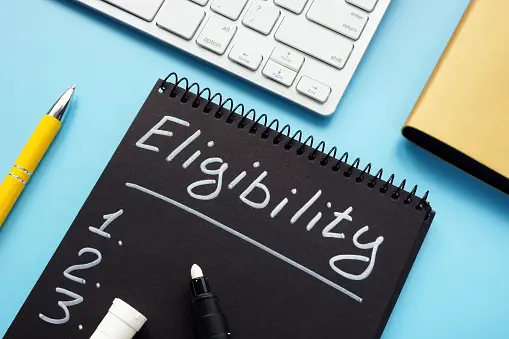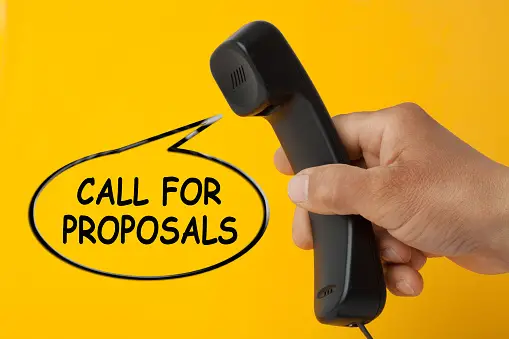How to Write Problem Statement for a Grant Proposal in the Nonprofit Sector.
The first crucial step in the grant proposal process is articulating the problem your nonprofit is trying to address.
A well-written problem statement paints a vivid picture of the issue, incites empathy, and builds a compelling case for funding. This guide will provide you with an in-depth understanding of how to construct a powerful problem statement.
Understanding the Importance of a Problem Statement
To receive funding, nonprofits need to persuade grant-makers that their cause is worth investing in. A problem statement sets the foundation for this. It provides an opportunity to bring the funder into your world, to show them the issues your organization is trying to solve, and to demonstrate the potential impact of their support.
Moreover, a problem statement helps to align the project’s objectives and goals, establish a sense of urgency, and demonstrate the nonprofit’s expertise in tackling the issue.
Components of a Problem Statement
A comprehensive problem statement should have these elements:
1. The issue: Start by describing the problem that your organization is addressing.
2. The population affected: Detail who is affected by the issue and how they are impacted.
3. The consequences: Describe what happens if the issue isn’t addressed.
4. The solution: Briefly hint at the solution your organization has in mind.
Crafting the Problem Statement
Step 1: Identify the problem
The first step in writing a problem statement is to clearly identify the issue. It should be specific, relevant, and significant enough to warrant funding.
For example, instead of stating the problem as “poverty,” you could specify it as “food insecurity among school-aged children in low-income neighborhoods.”
Step 2: Provide context
Once the problem is identified, provide context. Describe the circumstances or conditions that have led to or exacerbated the problem.
For instance, has the issue been overlooked? Has it been worsening due to a particular trend or event?
Step 3: Specify the affected population
Next, specify the population impacted by the problem. Are they marginalized or underrepresented groups? What are their specific needs? What is the scale of impact? The more details you can provide, the better.
Step 4: Articulate the consequences
Describe the adverse effects of the problem if left unresolved. Highlight both immediate and long-term consequences, using relevant data or statistics whenever possible.
Step 5: Propose a potential solution
Though the solution will be detailed later in the grant proposal, hinting at it in the problem statement can be effective. It shows you’re not only aware of the problem but have also started thinking about how to solve it.
Practical Example
Consider a hypothetical nonprofit “Tech4Youth” seeking funding for a program that teaches coding skills to disadvantaged youth. Here’s an example of how a problem statement can be crafted:
“In the heart of our city, thousands of disadvantaged youths lack access to technology education. They’re growing up in a digital age but are left behind due to inadequate school funding and limited resources at home. As a result, they’re missing out on opportunities to learn valuable skills, like coding, that are increasingly demanded in today’s job market. Without intervention, these youths face higher risks of unemployment and socio-economic hardship. Tech4Youth aims to bridge this digital divide by providing free coding classes, but we need your support to make it happen.”
Tips to Improve Your Problem Statement
1. Use persuasive language: The tone and language used in your problem statement can significantly influence its effectiveness. Make your reader feel the urgency and importance of the issue.
2. Be clear and concise: Avoid unnecessary jargon and be as clear as possible. Remember, your reader may not be familiar with your field, so it’s important to make your problem statement understandable to a broad audience.
3. Use data: Back up your claims with data whenever possible. This adds credibility to your statement and helps funders understand the scale of the problem.
4. Align with the funder’s mission: Tailor your problem statement to align with the mission and interests of the funder. This shows them that their investment will help further their own objectives.
Conclusion
A compelling problem statement plays a vital role in securing funding for nonprofits. It is a tool for conveying the significance and urgency of a problem, making the case for funding, and aligning your project with the funder’s mission. With the right approach and careful crafting, your problem statement can set the stage for a successful grant proposal.






